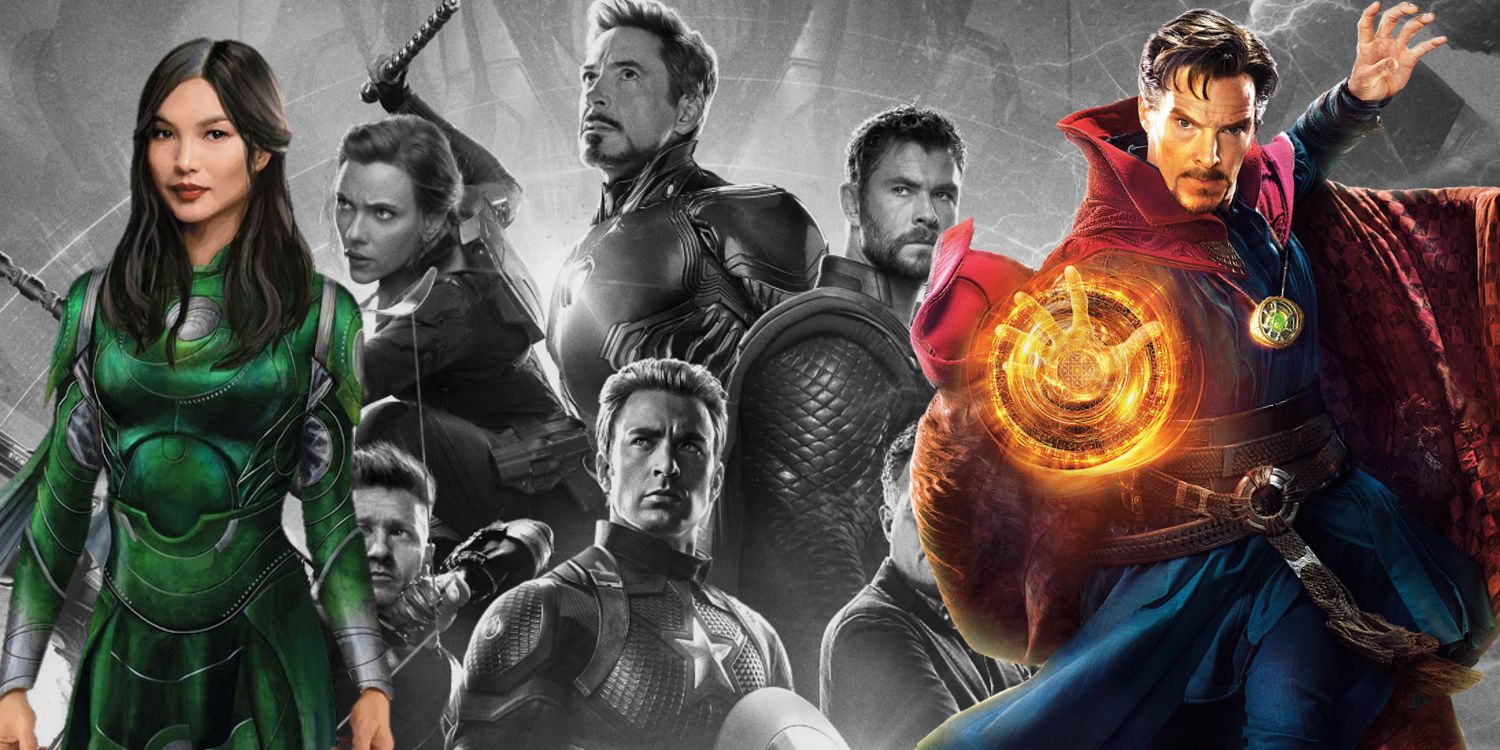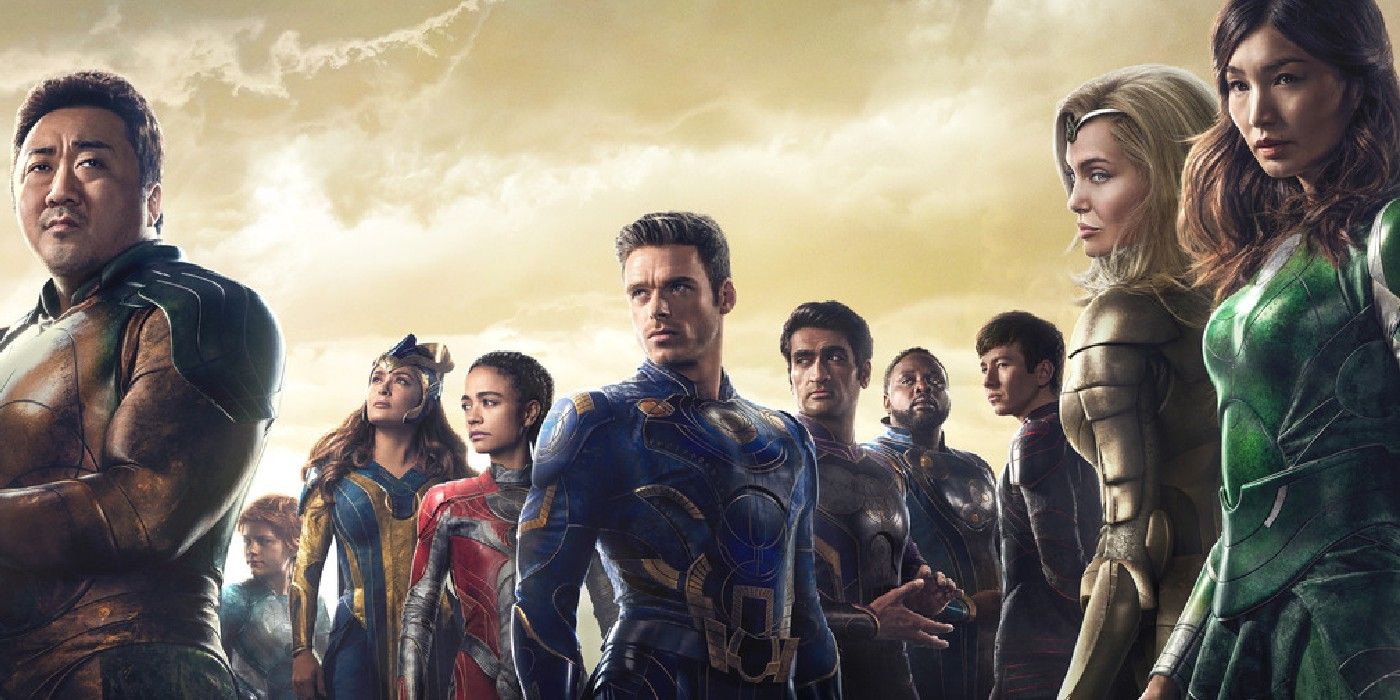The following contains spoilers for Doctor Strange in the Multiverse of Madness, now in theaters.
The Marvel Cinematic Universe has always balanced telling mature stories interlaced in unique genres while appealing to a wide demographic of viewers. For each film with complex themes, like Captain America: The Winter Soldier, there has also been a factor that appealed to younger viewers. However, in Phase Four of the MCU, there's been a larger distinction in terms of its demographic, with things getting more adult, especially with Eternals and Doctor Strange in the Multiverse of Madness.
It was first noticeable in Black Widow, where the film's opening and overarching plot focused heavily on a form of child trafficking and how it affected the film's main characters. Since they were taken as children to get trained to be lethal assassins, they struggled to find normalcy and ultimately confronted their tormentor to steal back the life taken from them. Compared to films like Iron Man or Ant-Man, Black Widow's themes would've flown right over younger audiences' heads. But that would just be the beginning.
Eternals was the next MCU outing to tackle more mature concepts geared towards an older demographic. While a classic tale of good vs. evil was still prevalent, the implications became more muddled. Now, it was a battle of faith vs. logic and the concept of faith in a higher power. By tackling beings that could get viewed as Gods, Eternals offered a platform for discussion and the idea of challenging the concept of blind devotion. As a result, it pushed the definition of PG-13 in terms of its topics rather than its content.
Doctor Strange in the Multiverse of Madness then flipped the notion from Eternals while still pushing the PG-13 rating visually. For all of the bombastic action that Eternals lacked, Multiverse of Madness more than made up for it. But what separated this one from other films in the past was its horror-themed direction. Now Doctor Strange was faced with enemies like the souls of the damned, while the Scarlet Witch blatantly killed variants of Marvel characters like Captain Carter in creative but brutal ways. As a result, it's the first film that may be too visually unnerving for a younger audience but more appealing to older fans of horror and superhero films.
These tonal changes in the MCU may feel charging compared to what came in the past, but it may also be a necessary shift for the studio. For starters, the change in demographic focus would show that the studio is capable of offering films that break their status quo and deliver more variety both narratively and visually. That would also give audiences a wider range of choices when watching a Marvel film, as the distinction between them are more evident. There's also the appeal for older fans who may not have been as interested in the lighthearted fare. Now, with these new films, there's something more for them to grab on to, ensuring more returning and new fans.
The MCU has shown a change in the past few years, and each film has shown how the franchise's characters and filmmakers have grown into their own and let these characters, both new and old, feel more lived in and tangible. That has been partly because of their distinction and the more mature tones these films have embraced. If Multiverse of Madness and Eternals were merely signs of how this demographic shift will change these movies, it'd be exciting to see what's next for them.
To see how much horror is in the multiverse, Doctor Strange in the Multiverse of Madness is currently playing in theaters.


-2.jpg)
